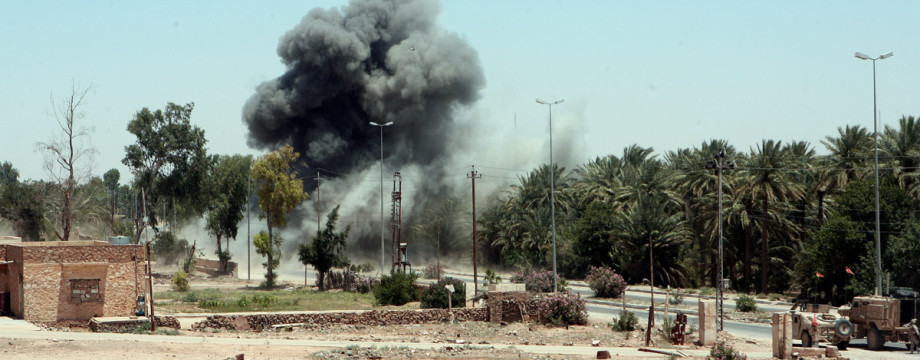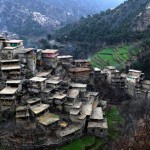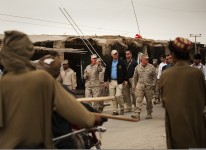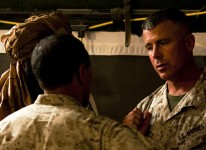Main
First into the Korengal?
Many of the Marines I’ve talked to from the 2004-2005 deployment to Afghanistan swear that 3rd Battalion was the first American unit that operated in the Korengal Valley. However, other Marines I’ve talked to from 2nd Battalion 3rd Marines’ 2005 deployment and 1st Battalion 3rd Marines’ 2006 deployment all swear the same things about their units. A pro-Army site even suggests that 1st Battalion, 32nd Infantry Regiment was the first unit in the Korengal as late as April 2006. They can’t all be right… can they? Read more
And They Lived Happily Ever After…
John Paul Vann, the U.S. adviser in Vietnam whose story was told in the book A Bright Shining Lie, once complained, “We don’t have twelve years experience in Vietnam. We have one year’s experience twelve times over.”
The Global War on Terror’s six-to-twelve month rotation policy created many similar problems. One in particular is that its histories tend to work in those increments. Many of the memoirs out there are written from a first-person or a unit perspective, and there’s usually a noticeable lack of information or interest about what happened before or after the person or unit was there. Read more
The Few, The Proud, The Bloggers

Source: Terminal Lance, 29 January 2010
For the Marine Corps, the Global War on Terror coincided with the rise of social media, also known as Web 2.0. While many senior military leaders saw this as a threat — the rapid spread of the Abu Ghraib pictures, the puppy tossing incident, and the Scout Sniper urination videos, seemed to confirm their worst fears — it also gave Marines a soapbox that they wouldn’t have had even a decade ago. The Marine Corps maintained a formal ban on social media until late 2009, calling it “a larger attack and exploitation window, [which] exposes unnecessary information to adversaries and provides an easy conduit for information leakage,” but saw that ban overturned by the DOD in early 2010. Read more
Whatever happened to … ?
Recently the New York Times had an article on how former insurgents in Mehtar Lam who embraced the Afghan government’s reconciliation program are slowly drifting back to the insurgency. On its 2004-05 deployment, 3/3 helped multiple insurgents in that area, most famously Najmuddin, lay down their arms and integrate back into the Afghan government.
Whatever happened to them? Read more
The Lost Boys of Bougainville
A little background on this project: last fall I made several visits to the National Archives in Washington DC on behalf of the 3rd Battalion 3rd Marines Memorial Fund. My mission was two-fold: acquire a list of the battalion’s casualties during World War 2 for the planned memorial, and see what kind of reference material was available on 3/3 from World War 2. Our Corpsman emeritus “Doc” Hoppy also thought we might be able to find a few living veterans as well. Read more



